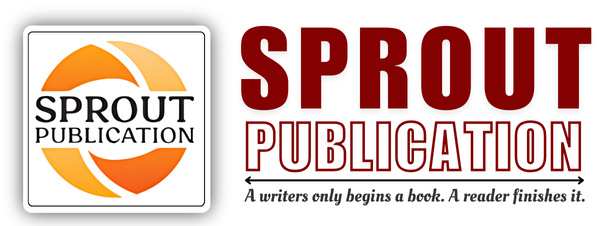Chapter 9: Stability Testing of Phytopharmaceuticals-I
Chapter 9: Stability Testing of Phytopharmaceuticals-I
Author: Dr. Surya Prakash Gupta
Volume: 01
First Online: 31 August 2024
Pages: 182-191
DOI:
Abstract
Stability testing of phytopharmaceuticals, which are medicinal products derived from plants, is crucial for ensuring their safety, efficacy, and quality over time. Regulatory requirements for stability testing of these products are stringent, often guided by guidelines similar to those for synthetic drugs, but with additional considerations due to the complex nature of plant-based compounds. These requirements mandate that manufacturers conduct comprehensive stability studies to determine the shelf life and optimal storage conditions of phytopharmaceuticals. Protocols for stability testing of phytopharmaceuticals typically include accelerated and long-term testing under various environmental conditions, such as temperature, humidity, and light exposure, to assess how these factors influence the stability of active plant constituents. One of the key analytical techniques used in the stability testing of phytopharmaceuticals is High-Performance Thin-Layer Chromatography (HPTLC) fingerprinting. HPTLC fingerprinting allows for the detailed analysis of the phytochemical profile of the product, helping to identify and quantify individual components and track any changes that occur over time. This technique is particularly valuable for detecting degradation products and ensuring batch-to-batch consistency. By adhering to regulatory guidelines and employing robust testing protocols, manufacturers can ensure that phytopharmaceuticals remain stable, effective, and safe for consumer use throughout their shelf life.
Keywords: Stability testing, Phytopharmaceuticals, Plant-derived medicinal products, Safety, Efficacy, Quality

